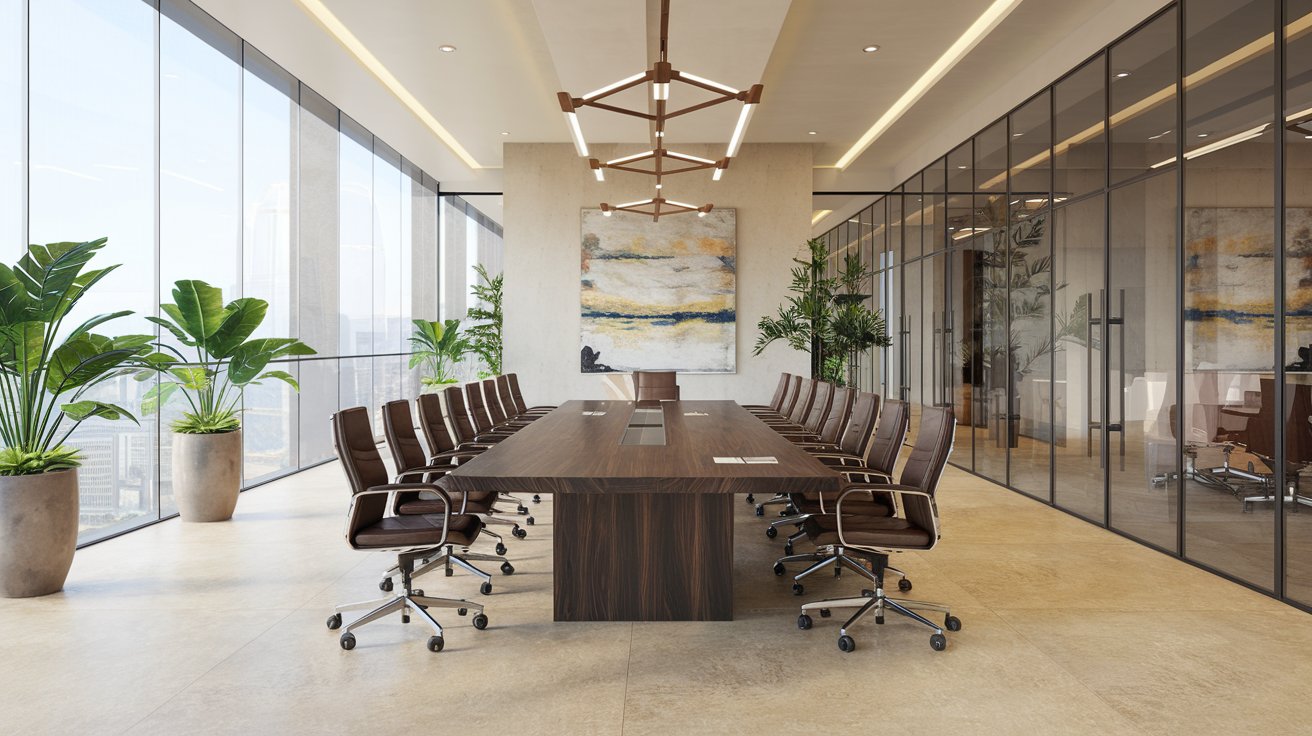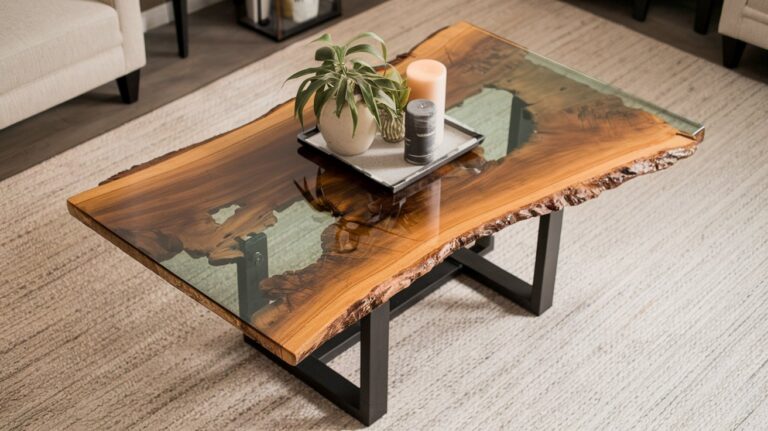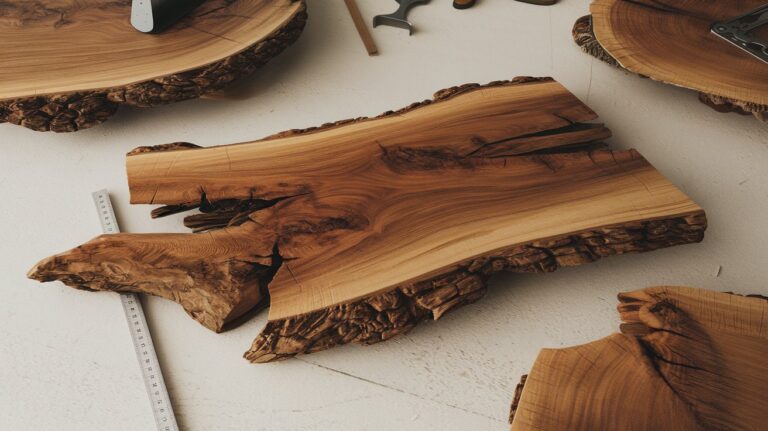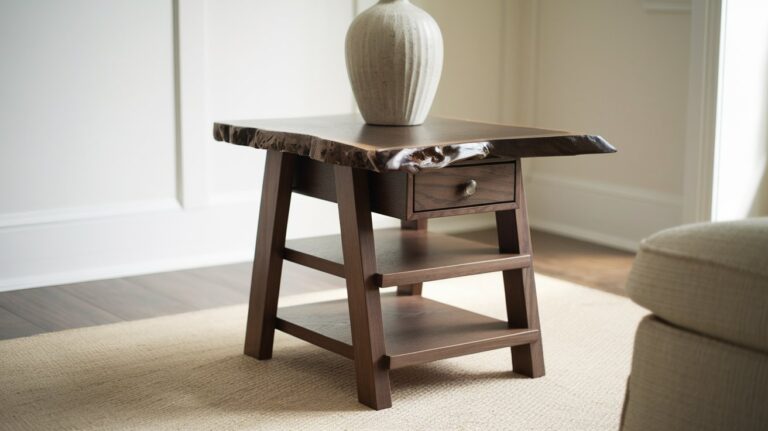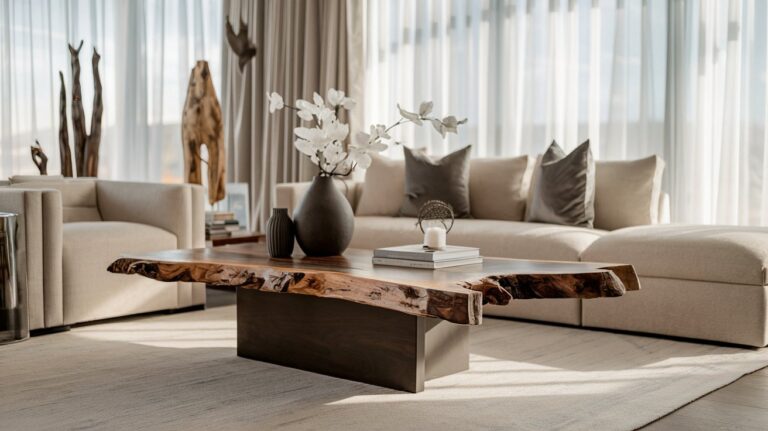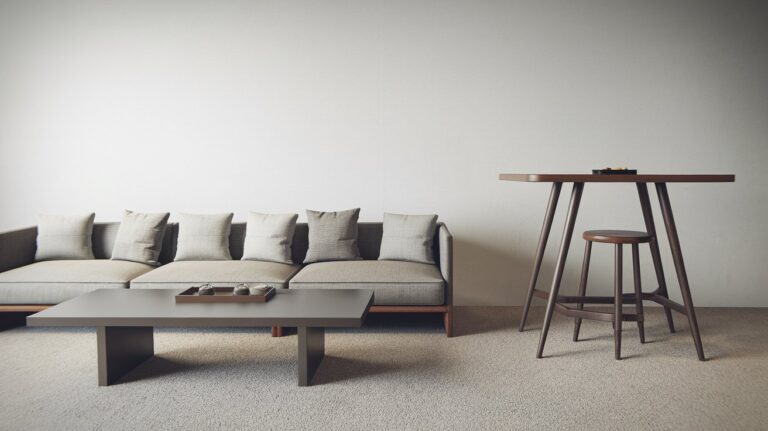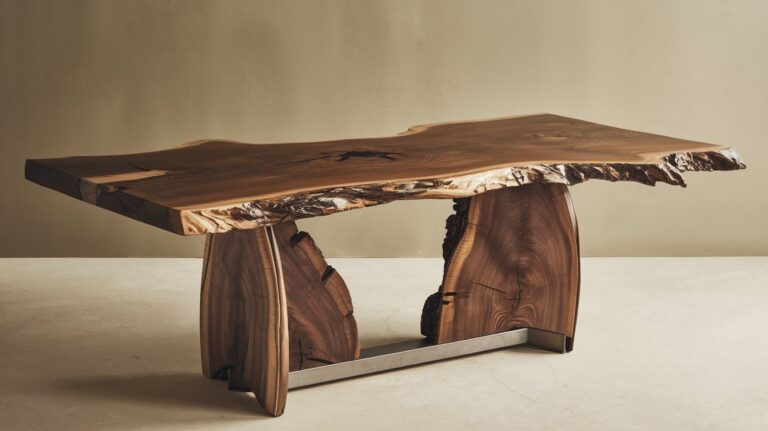Custom Conference Room Tables: Design & Buy 2025 Guide
Custom conference room tables transform meeting spaces into professional environments that reflect your company’s brand and functionality needs. These tailored solutions offer unlimited design possibilities, from modern conference table styles to traditional boardroom settings, incorporating features like built-in storage, logo integration, and specialized dimensions that standard furniture cannot provide.
Types of Custom Conference Room Tables
The variety of custom conference room tables available in 2025 spans multiple styles and configurations to meet diverse business needs. Traditional rectangular tables remain popular for formal boardrooms, while modern round and oval designs promote collaborative discussions. U-shaped and boat-shaped configurations are increasingly requested for video conferencing setups, allowing better camera positioning and participant visibility.
Modular designs represent the latest trend, featuring detachable sections that can be reconfigured for different meeting sizes. These flexible systems accommodate everything from intimate team meetings to large board presentations. Height-adjustable options are gaining traction, supporting both sitting and standing meetings as workplace wellness becomes a priority.
Standard Size Options
The most requested size remains the 12′ conference table, which comfortably seats 10-12 people and fits standard conference room dimensions. Eight-foot tables accommodate 6-8 participants, while 16-foot and 20-foot options serve larger boardrooms. Custom sizing allows for precise fitting in unique spaces, with manufacturers offering tables as small as 4 feet for small meeting rooms and as large as 30 feet for executive boardrooms.
Specialty Configurations
Specialty configurations include crescent-shaped tables for presentation-focused meetings and serpentine designs for creative brainstorming sessions. Custom conference room tables with storage integrate built-in file cabinets, power outlets, and cable management systems. Bridge tables connect multiple sections, creating expansive meeting surfaces for large corporate events and multi-department collaborations.
Design Features and Customization Options
Modern custom conference table with logo integration has evolved beyond simple engraved plates to include LED-illuminated branding, inlaid metal designs, and embedded digital displays. These branding elements reinforce corporate identity while maintaining professional aesthetics. Power integration represents another critical customization, with 2025 trends favoring wireless charging surfaces, USB-C connectivity, and retractable power modules.
Cable management systems have become sophisticated, featuring hidden channels, pop-up connections, and integrated A/V equipment housing. Acoustical considerations now influence design, with sound-dampening materials and strategic shaping reducing echo and improving meeting audio quality for both in-person and virtual participants.
Material Selection
Wood remains the premium choice, with walnut, cherry, and mahogany leading luxury applications. Engineered materials like high-pressure laminate offer durability and cost-effectiveness while maintaining professional appearance. Modern conference table designs increasingly incorporate mixed materials, combining wood, metal, glass, and stone elements for distinctive visual appeal and enhanced functionality.
Technology Integration
Advanced technology integration includes built-in monitors, interactive surfaces, and wireless presentation systems. Smart tables feature integrated tablets for individual participant control of lighting, temperature, and presentation displays. These high-tech solutions require specialized wiring and structural support, making custom manufacturing essential for proper implementation.
Finding Custom Conference Tables Near You
Locating custom conference tables near me requires researching manufacturers with proven commercial furniture expertise and local service capabilities. Major metropolitan areas typically host multiple custom furniture manufacturers, while smaller markets may require working with regional specialists who serve broader territories. Online directories, trade associations, and commercial interior designers provide valuable referral sources.
Local manufacturers offer advantages including site visits for precise measurements, faster delivery times, and ongoing maintenance support. However, shipping capabilities now allow working with distant manufacturers when specific expertise or unique capabilities are required. The key is finding manufacturers with demonstrated experience in commercial furniture and understanding of workplace functionality requirements.
Pricing and Budget Considerations
Custom conference table pricing in 2025 varies dramatically based on size, materials, and complexity. Basic custom conference room tables for sale start around $2,500 for simple 8-foot laminate tables, while premium hardwood tables with advanced technology can exceed $25,000. Mid-range options typically fall between $5,000-$12,000, offering solid construction with moderate customization features.
Budget planning should include delivery and installation costs, which can add 10-20% to the base price. Rush orders typically incur 25-50% surcharges, making advance planning essential for cost control. Financing options through furniture leasing companies help spread costs over 24-60 month terms, making premium tables more accessible for growing businesses.
Cost Factors
Size represents the primary cost driver, with pricing typically calculated per linear foot of table length. Material selection significantly impacts cost, with exotic hardwoods commanding premium prices while laminate options offer budget-friendly alternatives. Custom conference room tables with storage add $1,000-$5,000 depending on complexity and integration requirements.
Value Considerations
Long-term value includes durability, warranty coverage, and adaptability to changing needs. Premium materials and construction justify higher initial costs through extended service life and reduced replacement frequency. Technology integration requires careful planning to avoid obsolescence, with modular systems offering better long-term value than permanently integrated solutions.
Installation and Delivery Process
Professional installation ensures proper assembly and prevents damage to both the table and surrounding spaces. Most custom conference room tables require specialized handling due to size and weight, with delivery teams using protective materials and appropriate equipment. Site preparation includes measuring doorways, elevator capacity, and access routes to prevent installation complications.
Installation typically requires 2-4 hours depending on complexity, with technology-integrated tables requiring additional time for system setup and testing. White-glove service includes debris removal and basic orientation on care and maintenance procedures. Scheduling coordination with building management ensures minimal disruption to ongoing business operations.
Maintenance and Care Requirements
Proper maintenance extends table life and preserves appearance quality. Wood tables require regular cleaning with appropriate products and periodic refinishing to maintain luster and protect against wear. Technology components need regular updates and professional servicing to ensure continued functionality.
Daily care includes prompt cleanup of spills, use of protective pads for laptops and documents, and avoiding excessive weight or pressure. Annual professional inspection identifies wear patterns and potential issues before they become costly problems. Service agreements provide scheduled maintenance and priority repair response for business-critical furniture.
Related video about custom conference room tables
This video complements the article information with a practical visual demonstration.
Everything you need to know about custom conference room tables
How long does it take to manufacture a custom conference room table?
Typical manufacturing time ranges from 8-16 weeks depending on complexity and materials. Simple laminate tables may be completed in 6-8 weeks, while premium hardwood tables with technology integration require 12-20 weeks. Rush orders can reduce timelines by 25-40% with additional costs.
What size conference table fits best in my meeting room?
Allow 3 feet of clearance around the table perimeter for chair movement and walking access. A 12×16 room accommodates an 8-10 foot table, while larger 16×20 rooms can fit 12-14 foot tables comfortably. Consider video conferencing camera positioning when determining optimal placement.
Can I add technology features to an existing conference table?
Limited retrofitting is possible through surface-mounted solutions like power strips and cable trays. However, integrated features like wireless charging, built-in monitors, and hidden wiring require custom manufacturing. Modular systems offer the best upgrade flexibility for future technology additions.
What warranty coverage comes with custom conference tables?
Standard warranties range from 5-15 years on structural components, with premium manufacturers offering lifetime warranties on solid wood construction. Technology components typically carry 1-3 year warranties with optional extended service agreements available. Finish warranties generally cover 3-7 years depending on materials and usage.
How much does shipping add to the total cost?
Shipping costs vary from $300-$1,500 depending on distance, table size, and delivery requirements. Local delivery within 50 miles often includes installation, while longer distances require freight shipping. White-glove delivery with installation typically adds 10-15% to the base table price.
Can custom tables accommodate wheelchair accessibility?
ADA-compliant designs include 29-inch minimum height clearance and 30-inch wide access areas. Modular designs allow wheelchair positioning at table ends or integrated sections. Custom height adjustments and removable sections ensure full accessibility compliance while maintaining aesthetic appeal and functionality.
| Key Decision Factor | Considerations | Business Impact |
|---|---|---|
| Size Selection | Room dimensions, seating capacity, technology needs | Meeting effectiveness and space utilization |
| Material Choice | Budget, durability requirements, aesthetic preferences | Long-term value and professional image |
| Technology Integration | Current needs, future scalability, maintenance requirements | Productivity enhancement and competitive advantage |
| Manufacturer Selection | Local vs national, warranty coverage, service capabilities | Installation quality and ongoing support reliability |
